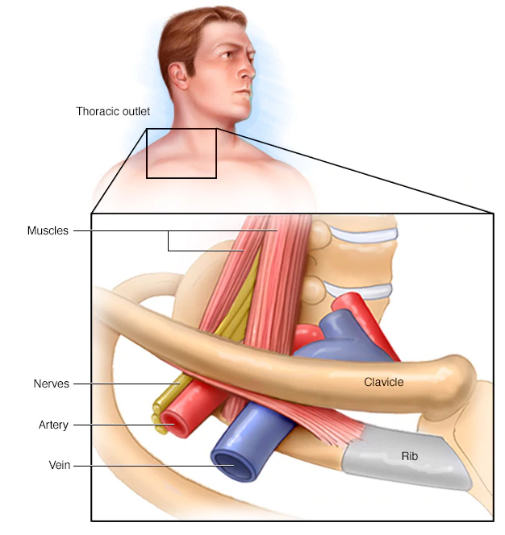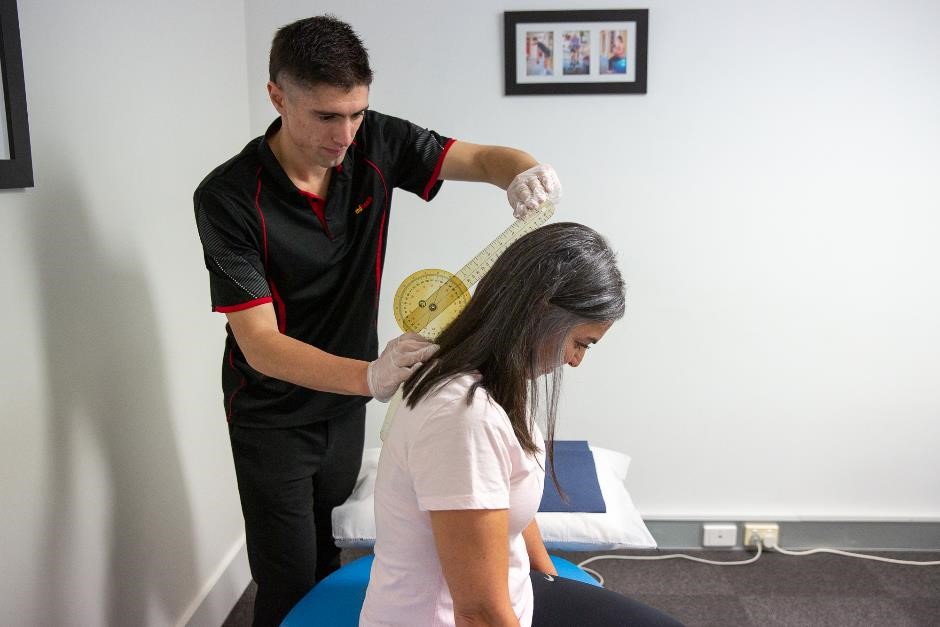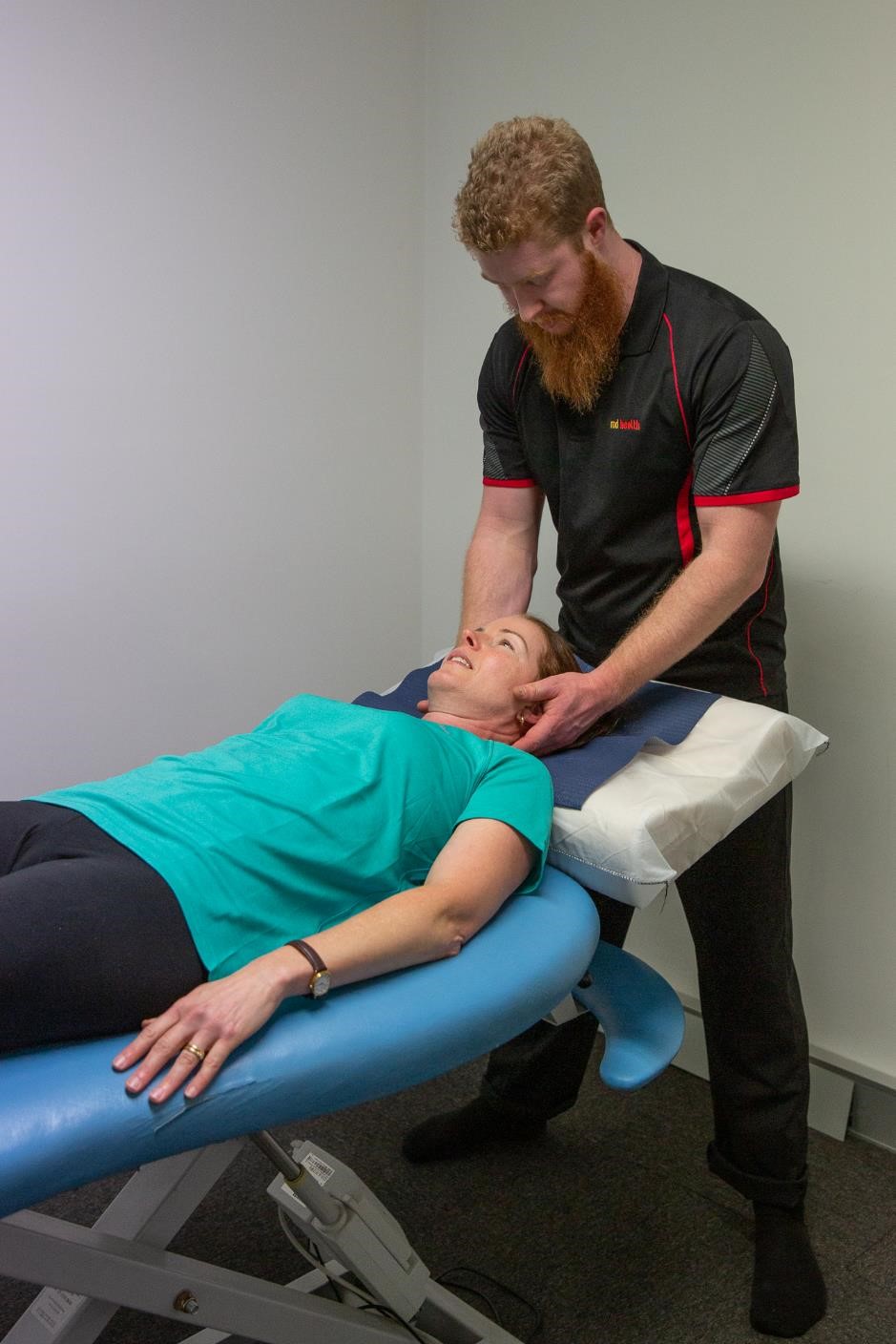1st Rib dysfunction and Thoracic Outlet Syndrome - Fact Sheet
What is it?
Thoracic outlet symptoms usually follow an ongoing 1st rib dysfunction. 1st rib dysfunction occurs when the muscles in the neck that attach down to the 1st rib are tight or in a shortened position, which pulls the rib upwards. This can compress sensitive structures in the thoracic outlet. The thoracic outlet houses nerve branches, veins and arteries, and if these are compressed it can lead to feelings of pins and needles and or numbness down the arms. This is termed thoracic outlet syndrome.

Signs and Symptoms
• Neck stiffness or tightness, particularly on the side or front of the neck
• Referred pain, pins and needles and/or numbness from the neck down the medial aspect of the arm and elbow, to the little and ring fingers.
• No apparent history of acute neck injury (i.e. disc bulge)
.

Treatment
Hands-on-treatment: mobilisation of the 1st rib, to improve the movement and biomechanics of the rib, particularly with overhead movement of the shoulders. This should not be solely relied upon, as evidence suggests this works mainly in the short term, giving 2-3days relief.
Exercise: Neck-specific exercises to help relax bracing neck muscles, and to get the correct stabilising muscles of the neck switching on. Exercise for the muscles in the upper back (postural muscles), particularly of the upper traps and shoulder blades. This helps take pressure off the neck and set your head and shoulders into a more stable position, reducing the compressive effect of the 1st rib.



